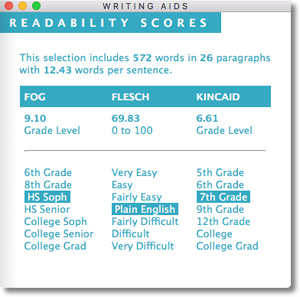Photo Corners headlinesarchivemikepasini.com
![]()
A S C R A P B O O K O F S O L U T I O N S F O R T H E P H O T O G R A P H E R
![]()
Enhancing the enjoyment of taking pictures with news that matters, features that entertain and images that delight. Published frequently.
October Archived




1 November 2018
We've just archived Volume 7 Number 10 of Photo Corners on the Archive page with 14 Features, 19 commented News stories, 27 Editor's Notes (which included 190 items of interest), one review and three site notes for a total of 64 stories.
And along with those 64 stories, we published 167 images, including four slide shows.
READERSHIP
That's just how things worked out. But it's a good bit less than the 81 last month and our readership numbers reflect that, although visits increased over last month.
As usual, we won't have final stats until later today. But we can report our top stories for the month.
Leading the list by a good bit was our review of Adobe Elements 2019 followed by our Around The Horn on Oct. 9. In third place was our news report on the Sony HX99 followed by our news report on the release of Aurora HDR.
SPONSOR
Then things got interesting. This month Photzy sponsored our feeds and both the launch and thank-you pieces that bookmark the sponsored week came high on list at No. 5 for the thank-you and No. 7 for the launch.
As we said in those pieces, we think the company provides some unusually helpful guides, especially its Snap Cards. So we are grateful for their support.
TOP STORIES
Usually when we look at the top stories for the month, we look only at the stories published that month. But we thought it would be interesting to look at the top five stories site-wide this month.
Eight stories, in fact, had more readers than our leading Elements review. And they reached back as far as 2015 with our review of Elements 14.
It's gratifying to know readers are finding value beyond the daily cycle, especially when it's our longer reviews.
READABILITY
Long ago, we wrote a C program to calculate the Flesch readability scores. It was an MS-DOS command line utility we used to see how difficult it was to read what we'd written.

Readability. This is the report for an early draft of the piece you are reading right now.
Spell Catcher, the Mac utility, included a similar utility which we relied on for many years. But this week we thought we'd revisit the old project, updating it to run as a Keyboard Maestro macro.
We found a Perl module that reports the Fog, Flesch and Kincaid readability scores and we used it to tally the score and also locate it on a textual graph to show how much education you need to read what we write.
Not much, it turns out.
To get through this piece, for example, you need a 10th grade education (high school sophomore) according to the Fog index and a 7th grade education according to Kincaid.
They weigh factors differently but the general rule is to use simpler words in shorter sentences to make it easier to read.
Our easy-to-read style hasn't changed much over the years. Early on we stuck to the formula, which is no secret among published writers.
But we thought it would be interesting to run the macro on other people's stuff. And boy is it.
All we have to do is select some text (in a browser, say) and run the macro.
We learned something interesting in just a day or two or testing text. News reports are very difficult to read, which may explain a lot. Op-Ed pieces by regular columnists (but not occasional contributors) are sometimes easier but often just as hard. But text like tweets that resemble human speech don't take any education at all.
Which, if nothing else, reminds us to vote on Tuesday.